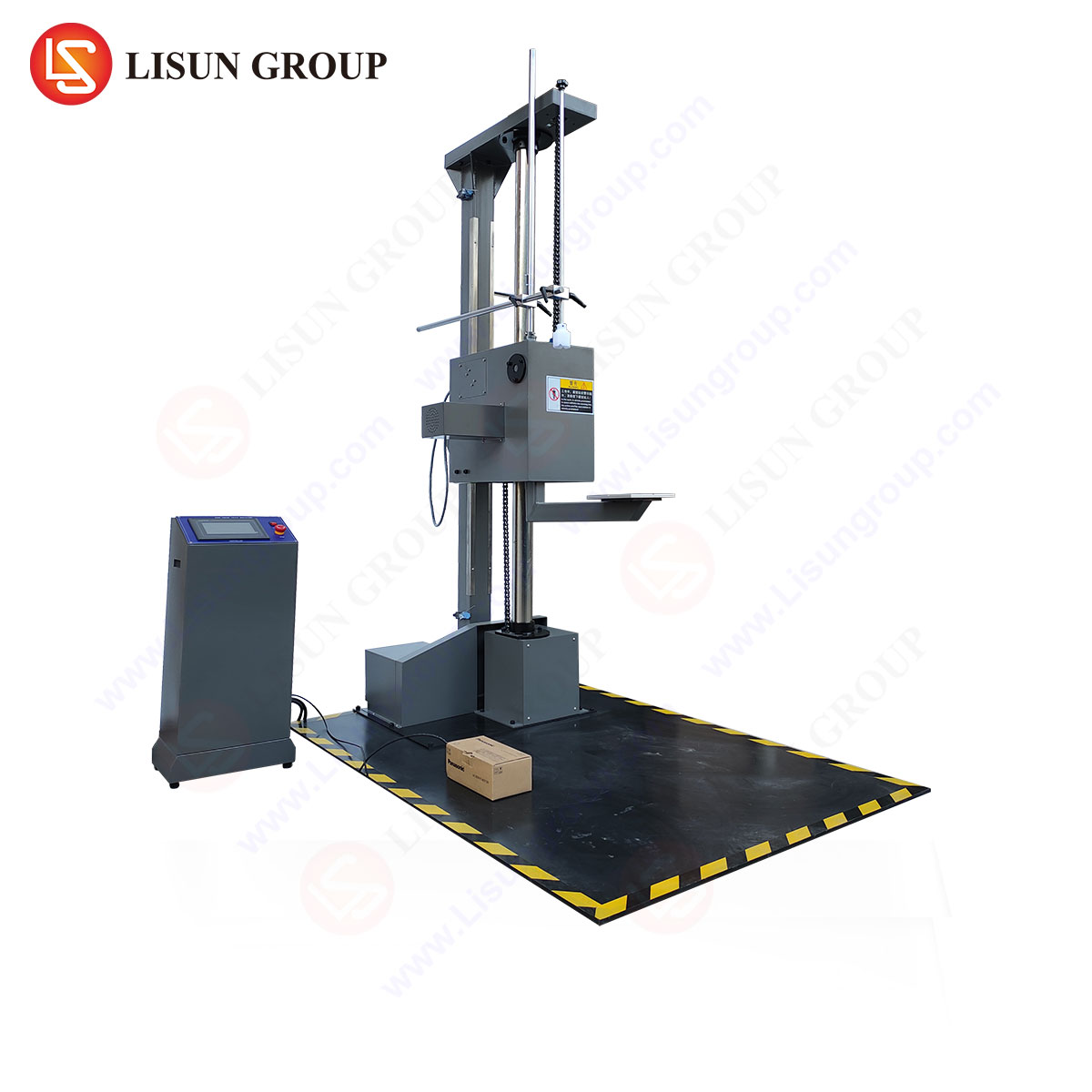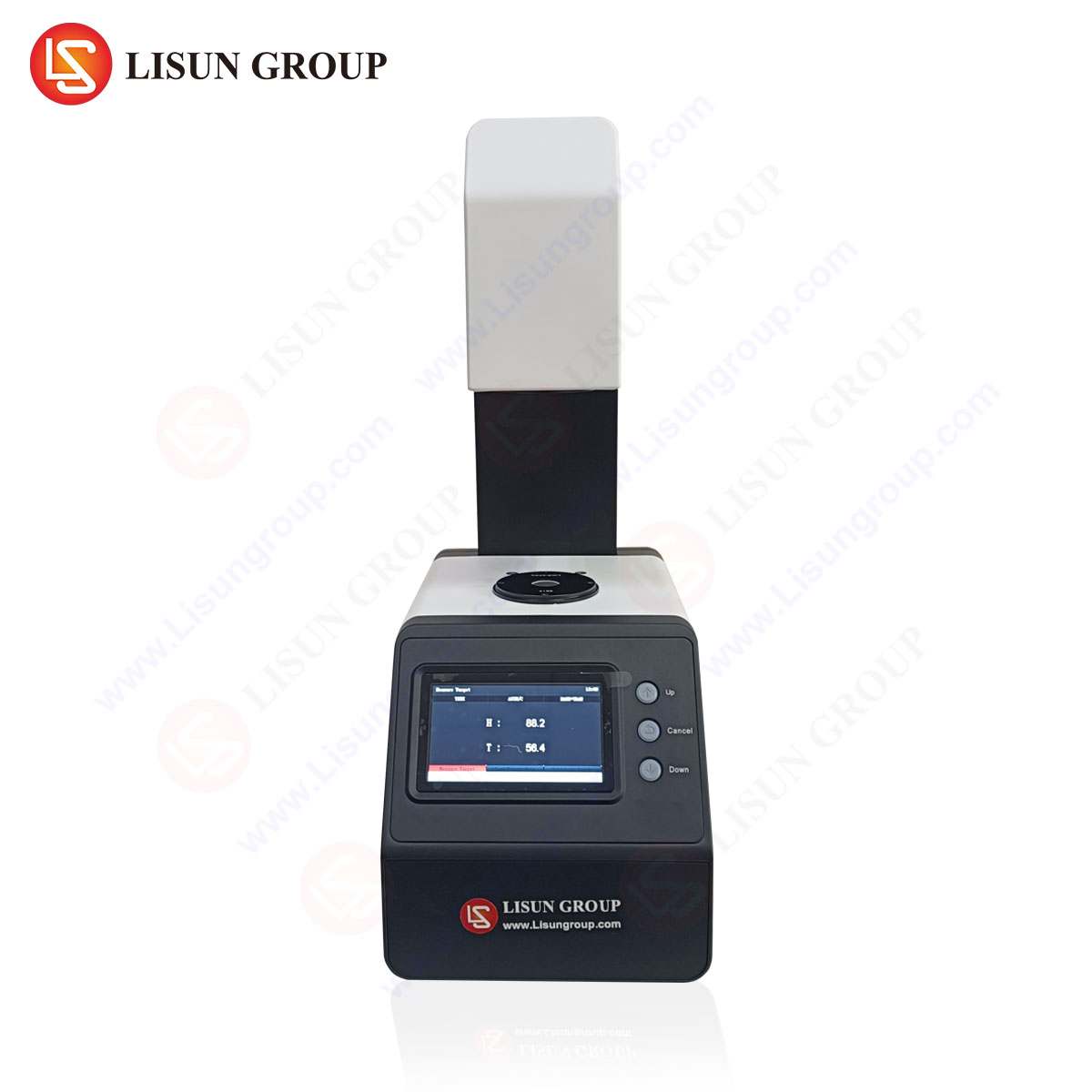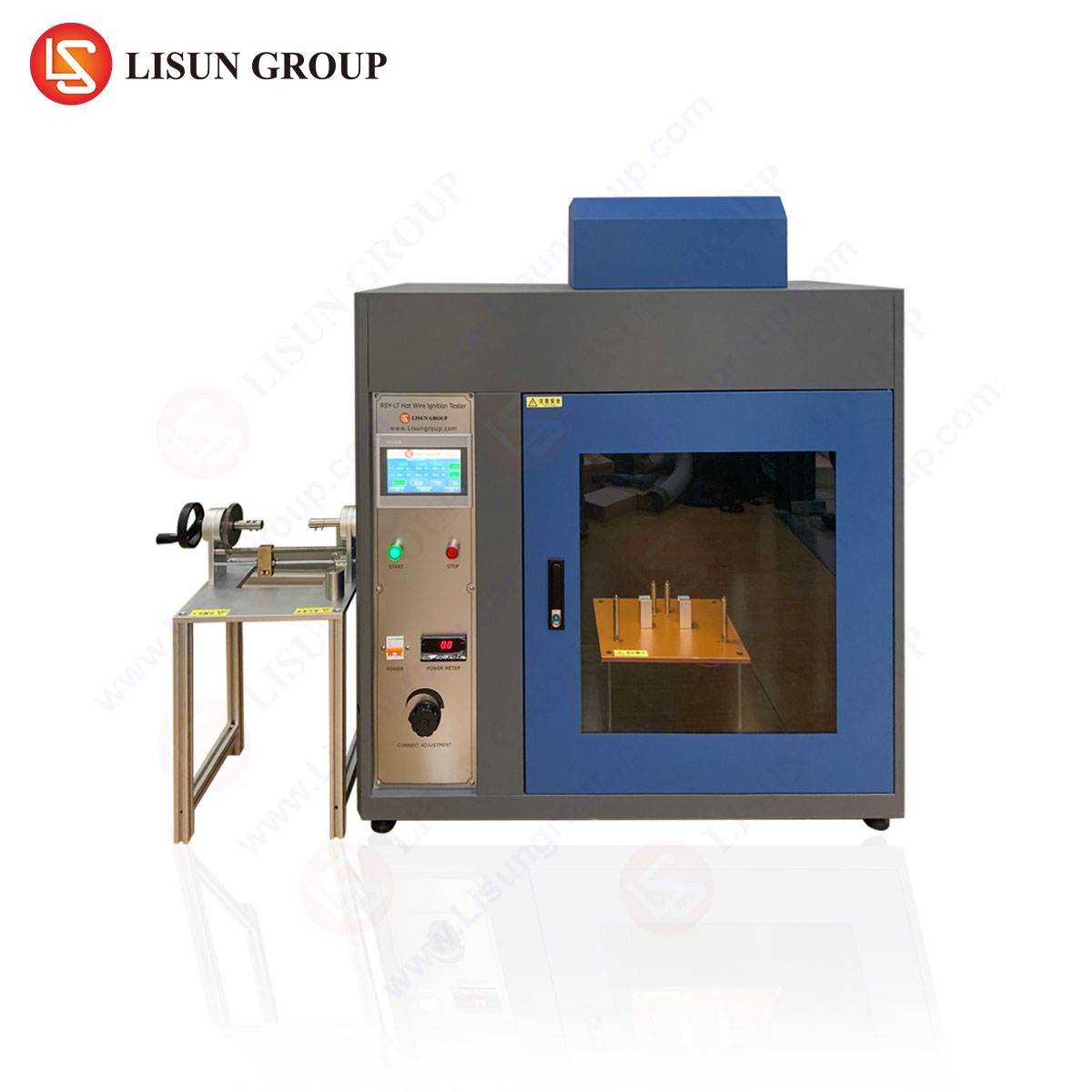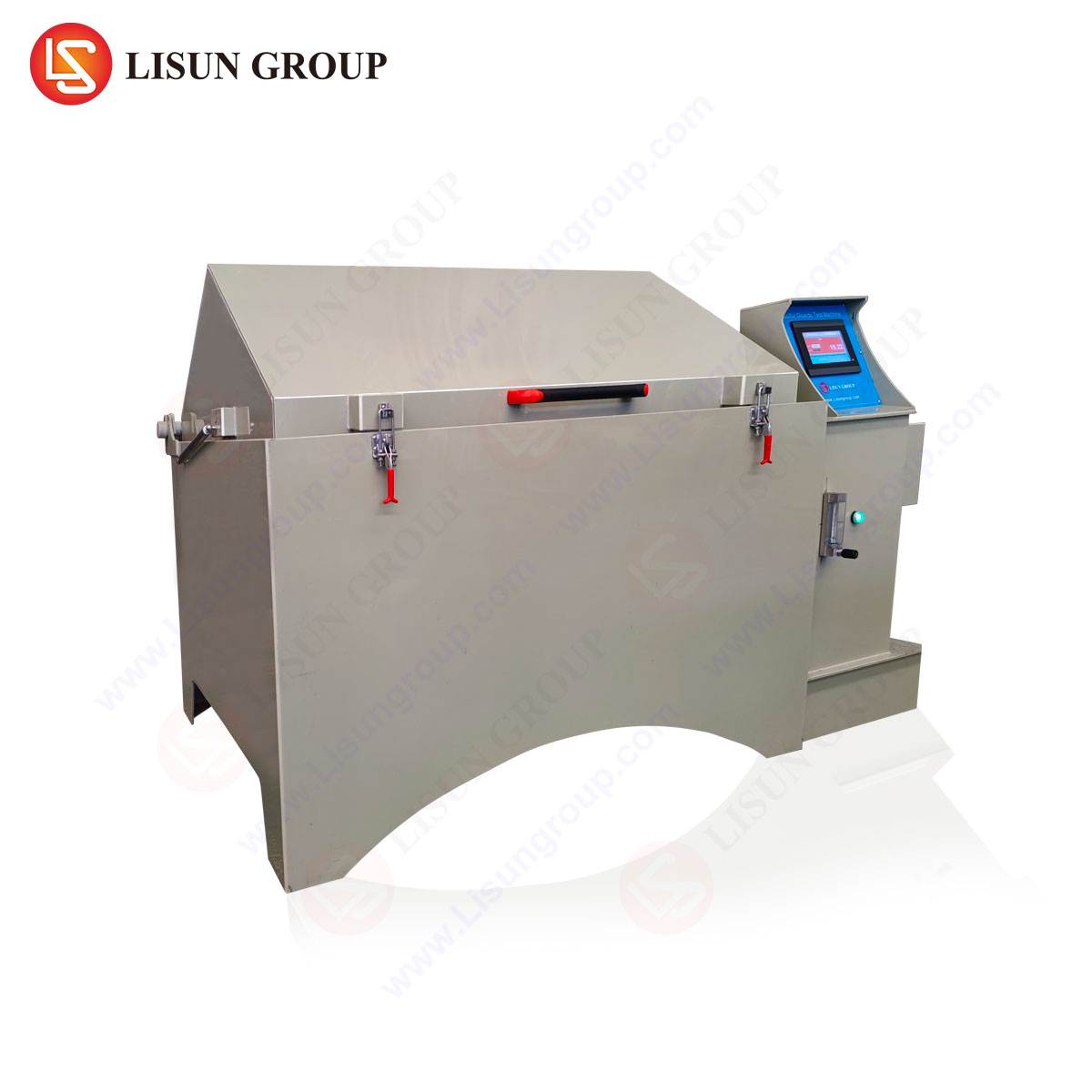Evaluating Material Durability Through Acid Sulphurous Corrosion Testing
Introduction to Sulphur Dioxide-Induced Corrosion
The operational longevity and functional integrity of a vast array of modern technological products are perpetually threatened by environmental degradation. Among the most chemically aggressive atmospheric contaminants is sulfur dioxide (SO₂), a gaseous compound that, in the presence of moisture, hydrolyzes to form sulphurous acid. This acidic electrolyte initiates a rapid and often devastating form of electrochemical corrosion, particularly targeting metallic components. The Acid Sulphurous Corrosion Test, a standardized and highly accelerated laboratory methodology, is engineered to simulate these deleterious conditions. Its primary objective is to provide a reliable, reproducible, and controlled environment for assessing the relative resistance of materials, protective coatings, and finished products to sulphurous atmospheres. This form of testing is not merely a qualitative assessment; it is a critical quantitative tool for predicting service life, validating material selection, and ensuring compliance with international reliability standards across a multitude of industrial sectors.
The mechanism of corrosion in these environments is predominantly electrochemical. When sulphur dioxide dissolves in a thin surface electrolyte film, it forms sulphurous acid (H₂SO₃), which ionizes to produce bisulfite (HSO₃⁻) and sulfite (SO₃²⁻) ions. These species act as aggressive anions that disrupt passive oxide layers on metals like aluminum, zinc, and copper, and catalyze the anodic dissolution of the base metal. For industries where failure carries significant safety, financial, or reputational risk, the ability to preemptively identify susceptibility to this form of attack is indispensable. The test serves as a crucial gatekeeper, separating components that will perform reliably in harsh environments from those that will succumb prematurely to corrosive decay.
The Electrochemical Principles of Sulfurous Acid Attack
A comprehensive understanding of the Acid Sulphurous Corrosion Test necessitates a firm grasp of the underlying electrochemical principles. The test does not merely expose specimens to a gas; it creates a carefully controlled corrosive cell. The fundamental reaction begins with the dissolution of sulphur dioxide into water vapor or a condensed film on the test specimen’s surface: SO₂(aq) + H₂O ⇌ H₂SO₃. This weak acid subsequently dissociates, lowering the pH of the electrolyte and providing the ionic conductivity necessary for corrosion currents to flow.
The specific anodic and cathodic reactions depend on the metal alloy in question. For a common metal like zinc, used extensively in galvanized steel and electrical chassis, the anodic reaction is the oxidation of zinc to zinc ions (Zn → Zn²⁺ + 2e⁻). The cathodic reaction, supported by the sulphurous acid environment, is the reduction of hydrogen ions or dissolved oxygen. The sulfite ions can be further oxidized to sulfate, leading to the formation of visible corrosion products such as zinc sulfite or zinc sulfate. For silver and copper, prevalent in electrical contacts and connectors, the attack is particularly severe as it leads to the formation of non-conductive, highly resistive sulfide films (e.g., Ag₂S, Cu₂S), resulting in intermittent or complete electrical failure. The test chamber environment accelerates these natural processes by maintaining a constant, elevated concentration of SO₂, along with precise control over temperature and relative humidity, which governs the formation of the essential surface electrolyte.
Standardized Test Protocols and Governing International Standards
To ensure global consistency and repeatability of test results, the Acid Sulphurous Corrosion Test is governed by a suite of internationally recognized standards. These documents prescribe stringent requirements for test parameters including gas concentration, chamber temperature, relative humidity, exposure duration, and sample preparation. Adherence to these protocols is not optional; it is a prerequisite for generating data that is valid for comparative analysis, supplier qualification, and regulatory approval.
Key standards include:
- IEC 60068-2-42, Test Kd: This standard, widely referenced for electrical and electronic equipment, specifies methods for testing the resistance of specimens to sulphur dioxide. It details procedures for introducing a defined volume of SO₂ into the test chamber to achieve a specified concentration, typically 0.067% by volume (670 ppm), though other concentrations may be used for specific applications.
- ISO 3231: Pertaining to paints and varnishes, this standard outlines the determination of resistance to humid atmospheres containing sulfur dioxide.
- ASTM G87: This standard practice provides guidelines for conducting moist SO₂ tests, often used for evaluating the corrosion performance of stainless steels and other metallic coatings.
- DIN 50018: This German standard, known as the “Kesternich Test,” involves exposure to a condensing atmosphere containing sulfur dioxide and is a benchmark in the automotive and appliance industries.
These standards typically define cyclical tests, where specimens are exposed to the corrosive atmosphere for a period (e.g., 8, 16, or 24 hours), followed by a period of storage under standard ambient conditions. This cycling can more accurately replicate the wet-dry cycles experienced in real-world environments, often revealing failure mechanisms not apparent in constant exposure tests.
The LISUN SQ-010 Sulfur Dioxide Test Chamber: Engineering Precision in Corrosion Assessment
The efficacy of any accelerated corrosion test is wholly dependent on the precision and reliability of the test apparatus. The LISUN SQ-010 Sulfur Dioxide Test Chamber represents a state-of-the-art solution, engineered to deliver uncompromising control over the critical test parameters defined by international standards. Its design philosophy centers on creating a homogeneous, stable test environment to ensure that corrosion results are a direct function of the specimen’s properties, not chamber-induced variability.
The SQ-010 utilizes a sophisticated gas introduction and circulation system. A precise volume of high-purity sulphur dioxide gas is metered into the chamber and uniformly distributed by an internally mounted air circulation fan. This ensures an even concentration throughout the test volume, eliminating “dead zones” where corrosion rates might be artificially low. The chamber is constructed from imported PVC plastic, selected for its exceptional resistance to acid corrosion, thereby ensuring long-term structural integrity and preventing contamination of the test atmosphere. A key feature is the independent temperature control system, which allows for precise regulation of the chamber interior, typically in the range of 0°C to 50°C or as specified by the relevant standard. This temperature control is intrinsically linked to the relative humidity, which is often maintained at a high level (e.g., >85% RH) to promote the formation of the necessary surface moisture film on test specimens.
Key Specifications of the LISUN SQ-010 Chamber:
- Temperature Range: 0°C to 50°C (or as required by standard)
- Relative Humidity Range: 85% to 98% RH (or as required)
- Gas Concentration: Programmable for standard concentrations (e.g., 0.067% vol.) and custom levels
- Chamber Volume: Standard models available to suit various testing throughput requirements
- Inner Chamber Material: Imported corrosion-resistant PVC plastic
- Control System: Digital microcomputer controller with programmable logic and data logging
- Safety Features: Gas leak detection, over-temperature protection, and chamber overtemperature safeguards
Application Across Critical Industrial Sectors
The utility of the Acid Sulphurous Corrosion Test, facilitated by equipment like the LISUN SQ-010, spans a diverse spectrum of industries where electronic and metallic component reliability is paramount.
Automotive Electronics and Aerospace Components: Modern vehicles and aircraft are dense networks of sensitive electronics. From engine control units (ECUs) and sensor arrays to infotainment systems and wiring harnesses, these components are exposed to under-hood and atmospheric conditions where combustion exhaust and industrial pollution can create sulphurous environments. Testing connector terminals, printed circuit board (PCB) finishes, and sensor housings in the SQ-010 chamber helps prevent failures that could lead to drivability issues, safety system malfunctions, or catastrophic in-flight events.
Electrical and Electronic Equipment, Industrial Control Systems: Programmable logic controllers (PLCs), motor drives, and power supplies are frequently deployed in industrial settings such as chemical plants, pulp and paper mills, and wastewater treatment facilities, where ambient SO₂ levels can be significant. Corrosion of internal busbars, contactors, and integrated circuit (IC) leads can cause unexpected downtime and costly repairs. The test validates the robustness of conformal coatings, substrate materials, and the plating of electrical components like switches and sockets.
Telecommunications Equipment and Consumer Electronics: Base station electronics, network switches, routers, and consumer devices like smartphones and laptops can be deployed in both urban and industrial areas. The test is critical for evaluating the durability of metallic shielding, connector interfaces (e.g., USB-C ports), and internal frameworks to ensure long-term signal integrity and device functionality.
Lighting Fixtures and Medical Devices: Outdoor LED luminaires and their complex driver electronics are subject to atmospheric corrosion. Similarly, diagnostic and therapeutic medical devices used in various environments must maintain absolute reliability. A corroded contact in an imaging system or patient monitor is unacceptable. The test provides assurance that these critical products will not fail due to sulphurous atmospheric degradation.
Cable and Wiring Systems: The insulation and jacketing materials of cables, as well as the plating on their metallic connectors, are susceptible to embrittlement and corrosion from SO₂. Testing ensures that the mechanical and electrical integrity of cable systems is maintained, preventing short circuits, signal loss, or open circuits in critical applications.
Interpreting Test Outcomes and Failure Analysis
Upon completion of a test cycle, specimens undergo a meticulous post-test analysis. This involves a structured sequence of visual inspection, corrosion product removal, and functional testing. The initial visual examination documents the type, extent, and location of corrosion, such as pitting, general surface tarnishing, blistering of paints and coatings, or the formation of white or greenish corrosion products.
Following visual assessment, corrosion products are carefully removed using specified chemical solutions and non-abrasive methods, as defined in standards like ASTM G1. The underlying metal surface is then examined to assess the extent of pitting or material loss. The final and most critical step is functional testing. For an electrical component, this means verifying that its electrical resistance, insulation resistance, and overall operational performance remain within specified design limits. A switch that has become intermittent, a connector with elevated contact resistance, or a PCB with corroded traces are all clear indicators of test failure. The data generated allows engineers to make informed decisions on material substitution, design modifications, or the implementation of more robust protective schemes.
Comparative Advantages of the SQ-010 Test Chamber
In a landscape of generic testing equipment, the LISUN SQ-010 distinguishes itself through several engineered advantages. Its digital microcomputer controller provides not just setpoint control but also programmable multi-segment testing, enabling the simulation of complex environmental cycles that more closely mimic real-world conditions. The chamber’s gas distribution system, coupled with its corrosion-resistant construction, ensures a stable and uncontaminated test atmosphere, a fundamental requirement for generating reproducible data. Furthermore, integrated safety systems, such as gas leak detection, protect laboratory personnel and prevent the release of hazardous gases, making it a responsible choice for any quality assurance or R&D laboratory. This combination of precision, programmability, and safety makes the SQ-010 an indispensable tool for any organization committed to delivering durable and reliable products to the global market.
Frequently Asked Questions (FAQ)
Q1: How does the LISUN SQ-010 ensure an even distribution of SO₂ gas concentration throughout the chamber?
The SQ-010 incorporates a specially designed air circulation system featuring a high-volume, low-speed fan. This system works in concert with strategically placed baffles to create a uniform, turbulent airflow within the chamber. This constant mixing prevents the denser SO₂ gas from stratifying or forming concentration gradients, ensuring every specimen is exposed to an identical corrosive environment, which is critical for test repeatability.
Q2: For a new product, what is the typical recommended duration for an initial Acid Sulphurous Corrosion Test?
The test duration is not arbitrary; it is dictated by the relevant product standard or the specific compliance requirements of the target market. Common baseline tests, such as those per IEC 60068-2-42, often specify a series of cycles, for example, 4, 10, or 21 cycles of 24-hour exposure each. However, for a new product without a predefined standard, a common practice is to conduct a graded test, starting with a shorter duration (e.g., 2-4 cycles) and progressively increasing the exposure to establish a performance threshold and understand the degradation timeline.
Q3: What types of materials or coatings typically perform poorly in this test, and what are common robust alternatives?
Unprotected or thinly plated base metals like low-carbon steel, zinc, and copper generally exhibit poor resistance. Certain types of bright nickel plating can be susceptible to severe pitting. Materials and coatings that demonstrate superior performance include austenitic stainless steels (e.g., 316L), high-quality, pore-free electroless nickel plating, certain aluminum alloys with proper anodization, and specialized polymer coatings or conformal coatings that provide an effective barrier against gas and moisture penetration.
Q4: Beyond visual corrosion, what are the key functional failure modes this test is designed to uncover?
The test is critically important for identifying latent functional failures. The primary modes include a significant increase in electrical contact resistance on connectors and switches, which can lead to signal attenuation or voltage drops; short circuits caused by the growth of conductive sulfide dendrites between adjacent PCB traces; and the mechanical failure of moving parts or springs due to corrosion-induced embrittlement or the binding action of corrosion products. For sensors, a drift in calibration due to corrosion of sensitive elements is a key concern.






